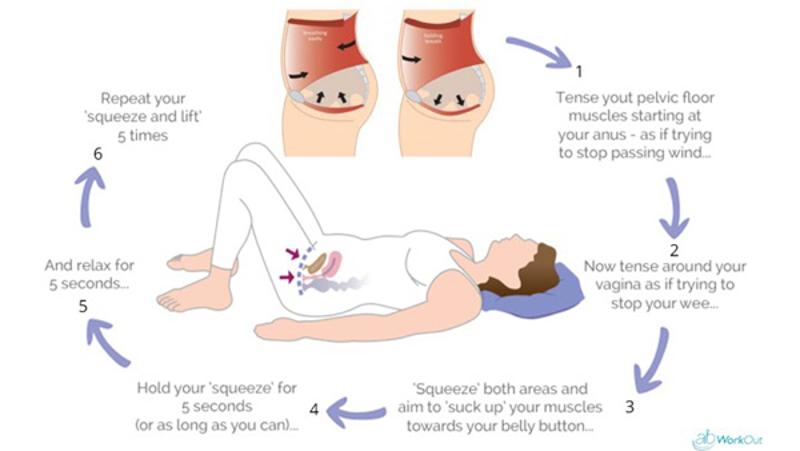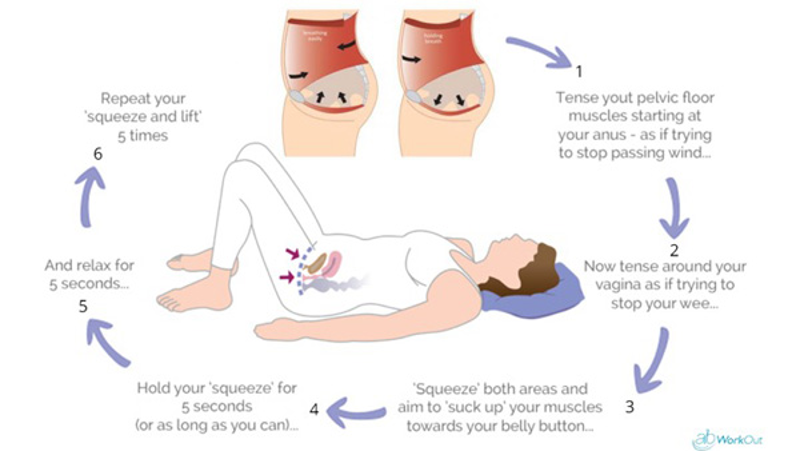Urinary incontinence is the complaint of involuntary loss [leakage] of urine. The condition occurs in both sexes but more frequent in women. Incontinence in women is related to the dysfunction of bladder or pelvic floor muscles which often arise during or after pregnancy or at the time menopause. Long term cough, constipation, overweight, pelvic surgery or trauma, repeated heavy lifting are some of the other causes of urinary incontinence.
There are two main types of urinary incontinence – Stress incontinence and Urgency incontinence. Stress incontinence is the complaint of urine leakage in association with coughing, sneezing or physical exertion. Urgency incontinence is the urine leakage caused by sudden involuntary contraction of the muscular wall of the bladder.
Pelvic floor consists of layers of muscles and ligaments that stretch from the tailbone at the back to the pubic bone at the front.Pelvic floor muscles consists of levator ani and coccygeus. Levator ani consists of pubococcygeus, puborectalis and iliococcygeus.

Pelvic floor muscles contract when you cough, sneeze or strain,helping to prevent the involuntary leakage of urine.It also supports and holds the organs in the abdomen in the position especially when standing, helps in passing urine, gas and bowel motions also plays a role in sexual function.
Several research studies had conducted to determine the effects of physical therapy treatment in treating the symptoms of urinary incontinence and were found that physical therapy is effective in treating and curing the symptoms of urinary incontinence.
Physical therapy interventions include pelvic floor exercises[Kegels exercises], electrical stimulation, interferetial therapy, biofeed back and training with a vaginal ball.
Researches proved that pelvic floor exercises increases pelvic floor muscle strength, endurance, speed and co ordination of the pelvic floor muscles in different situations. Effective program increases contractile strength and resting tone of the pelvic floor which inturn helps in controlling urinary incontinence.
Pelvic floor exercises include:
- Sit, stand or lie with your knees slightly apart.Slowly tighten and pull up the pelvic floor muscles as hard as you can and hold for few minutes.
- Sit with knees slightly apart and imagine you are trying to stop yourself passing wind from the bowel.To do this you must squeeze the muscles around the back passage and hold.
- Try to stop and hold or slow the flow of urine midway when you are urinating.
- Imagine you are passing urine and try to stop the stream of urine for few seconds.

Effectiveness of physical therapy treatment is more if the exercise program is done under supervision and also when pelvic floor exercises and interferential treatment are used in combination.
Dr.Binila Prasannan (P.T)
Consultant Physiotherapist
Spectrum Physio Centre Whitefield.




